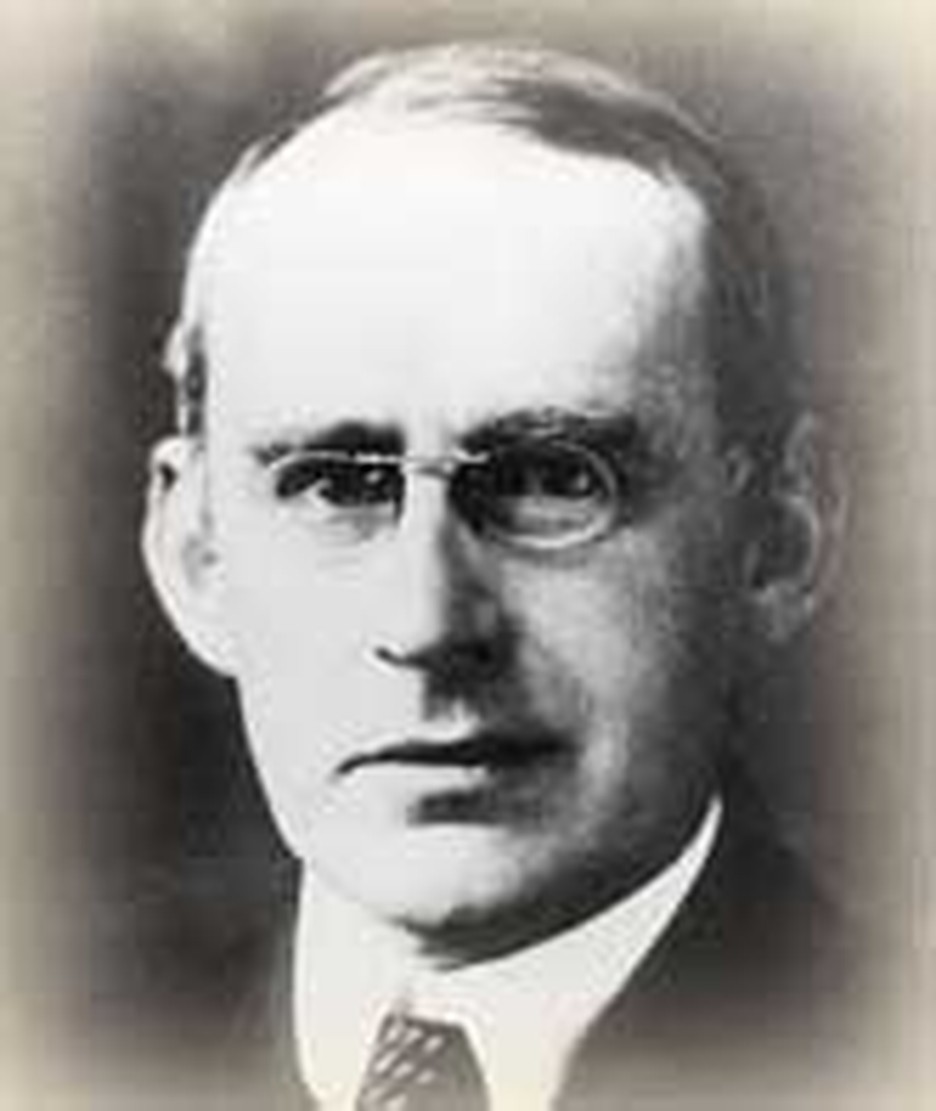
The English astronomical team looked anxiously at the sky. The weather in Principe, an island off the west coast of Africa, was not good. Clouds covered the sky. The men had prepared all month for this moment. Were their efforts to be in vain?
In a few minutes a total eclipse of the sun would begin. What the astronomers saw during that eclipse could change the way men looked at the universe.
For two hundred years, mankind had understood the world in terms of Isaac Newton's theories. But now Albert Einstein had written equations that showed that Newton's math only held true under ordinary conditions. In high gravity or at high speeds, matter would behave differently than our experience tells us it should. Both theories predicted that light passing close to the heavy sun would be bent by its gravity. But under Einstein's theory, the bend would be considerably greater than under Newton's.
Arthur Eddington, a Quaker astronomer, immediately saw the importance of Einstein's theory. What is more, he saw that there was a way to test it. If he photographed the position of a group of stars in the night sky and then photographed the same stars when the sun was in front of them, he could see if their positions appeared to change. But the only way to photograph the stars in daytime was to snap pictures of the sun during eclipse.
Unfortunately, on May 29, 1919, the weather was not cooperating. Through the clouds, the team could see the moon creep across the sun. The earth grew shadowy. Birds flew to their trees and made night noises. When the eclipse was total, the sun's corona was visible like a halo around the moon. In spite of the bad conditions, the hopeful men began to take pictures.
Their persistence was rewarded. Five stars appeared in one of the last frames taken. Comparing this frame with an earlier picture of the same stars taken through the same telescope showed that their light had indeed shifted. Eddington measured the amount of the shift. It was closer to Einstein's prediction than to Newton's.
Einstein's 1905 theory had passed a crucial test! The way we understood our universe changed. Our commonsense notions are still okay, but they do not give us the whole picture. Thanks to Einstein's further work and the contribution of other scientists, we now know that the universe had a definite beginning and was stretched out, just as the Bible told us long ago. Most religions and philosophies throughout history have denied this. Eddington's work was a first step in demonstrating the credibility of the Bible account of creation.
Although critics said Eddington's findings were wrong, they have been backed up by many other observations with better instruments. In fact, Einstein's theories have passed every test scientists have dreamed up.
Resources:
- Douglas, A. Vibert. Arthur Stanley Eddington. New York: Thomas Nelson, 1957.
- "Eddington, Arthur Stanley." Dictionary of National Biography. Edited by Leslie Stephen and Sidney Lee. London: Oxford University Press, 1921 - 1996.
- "Eddington, Arthur Stanley." Dictionary of Scientific Biography. Editor Charles Coulston Gillispie. New York: Scribner's, 1970.
- Foster, David. The Philosophical Scientists. New York: Barnes and Noble, 1993.
- Graves, Dan. Scientists of Faith. Grand Rapids, Michigan: Kregel, 1996.
- Treasury of Science, edited by Harlow Shapley, Samuel Rapport, and Helen Wright. New York, Harper, 1958.








